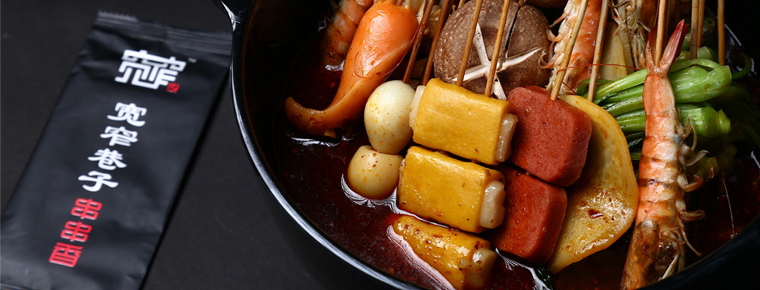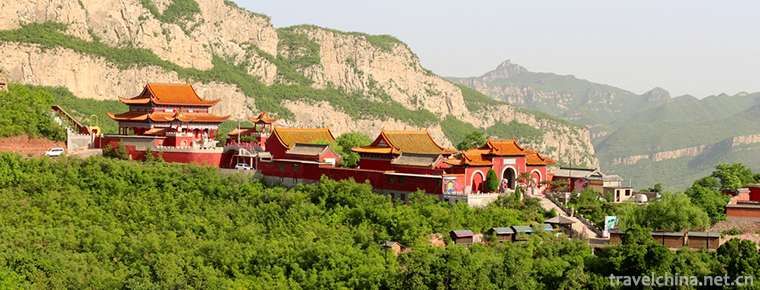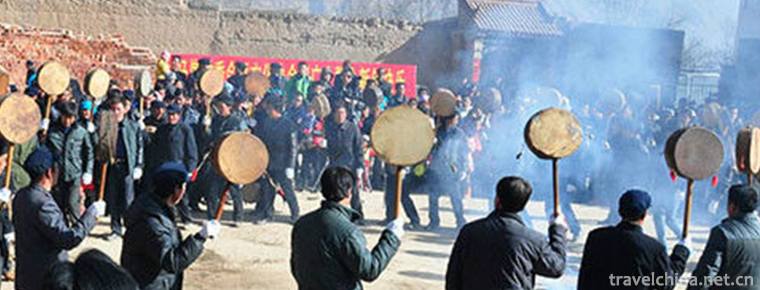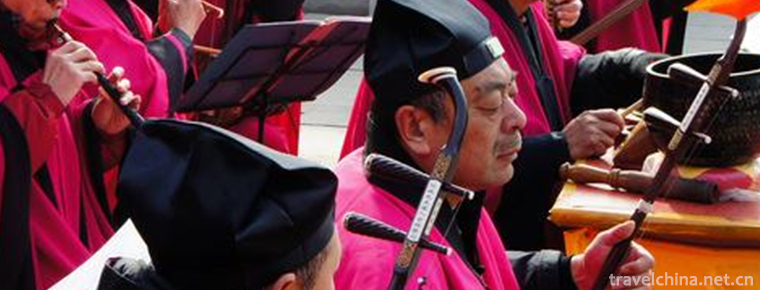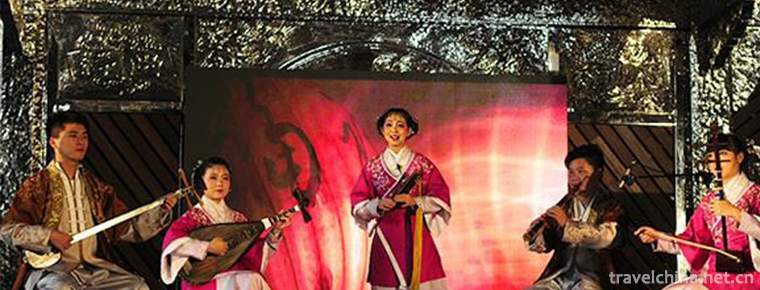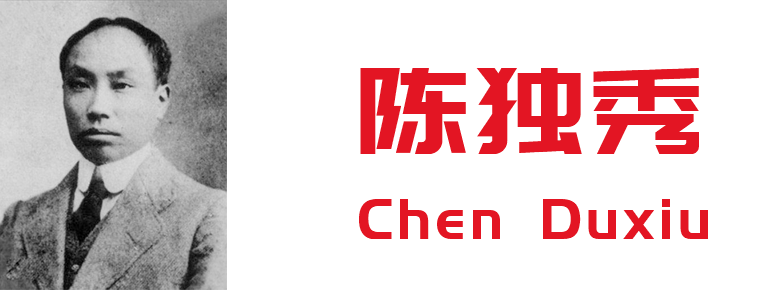Meishan mineral resources
Meishan mineral resources
There are 25 kinds of minerals in Meishan, mainly including coal, natural gas, iron, copper, lead, zinc, manganese, placer gold, glauberite, gypsum, bentonite, phosphorus, dolomite, cement limestone, magnesite, granite for facing, vein quartz, crystal, quartz sandstone, sandstone for construction, clay rock, clay for brick and tile, shale for brick and tile, sand and stone for construction, mineral water for construction, etc. The main minerals are glauberite, coal and shale for brick and tile. Glauberite is distributed in Dongpo, Pengshan, Hongya and Danling districts and counties, all of which are large-scale deposits with proven reserves of nearly 10 billion tons, ranking second in the province. Lead, zinc and copper are distributed in the south of Hongya, but there are no proven reserves available for development and utilization. The ore body is small in thickness and widely distributed, and has the characteristics of small and rich. Baishahe, laocaogou and tuanbaoshan lead-zinc deposits in Hongya are slightly larger. The coal mines are distributed in the middle of Hongya and the south of Renshou. They are small-scale deposits with clear resource reserves, which are about 126 million tons in total. There are many coal seams, thin thickness and good quality (mainly low sulfur coking coal). Phosphate rock is widely distributed in the south of Hongya, and the Dayuanbao and laomercury mountain phosphate rock are under mining, which can be comprehensively utilized to develop compound fertilizer.

Meishan mineral resources
-
Bashang grassland
Bashang grassland, also known as the first grassland in the north of Beijing, is located in Hebei Province. It refers to the meadow grassland formed by the steep rise of grassland and the reasons of c
Views: 153 Time 2019-01-02 -
Cangyan Mountain Scenic Area
Cangyan Mountain, located 50 kilometers southwest of Shijiazhuang City, Hebei Province, is located in Jinglong County. As the core scenic spot of Cangyan Mountain, Cangyan Mountain Fuqing Temple is li
Views: 182 Time 2019-01-04 -
Linhai Qishi Scenic Area
Linhai Qishi Scenic Area is located in Tangwanghe District, Yichun City, Heilongjiang Province. Scenic area covers 190 square kilometers. It is a new eco-tourism area and National Geological Heritage
Views: 205 Time 2019-01-30 -
Badang dance
Badang Dance is a kind of ancient folk dance, which originated from the ancient Qiang people's "Temple Festival" in Dingxi Minxian, southeastern Gansu Province. It is also a sacrificial ritu
Views: 211 Time 2019-04-02 -
Cloth paste painting
Teng Teng is the founder of Teng's cloth paste painting. He was born in Fengning Manchu Autonomous County, Hebei Province in 1932. He is the director of Teng's cloth paste painting
Views: 170 Time 2019-04-04 -
Taoist Music
Taoist music is one of Chinese religious music. Taoist music is an indispensable part of Taoist rituals. It has the characteristics of foiling and rendering religious atmosphere, enhancing believers'y
Views: 289 Time 2019-04-25 -
Naxi Remei Biao
"Remei Biao" is also known as "Wo Yo Ye", which is a collective folk custom that has been spreading for thousands of years. There are more than ten people at least and hundreds of
Views: 219 Time 2019-06-07 -
southern accent
Nanyin, also known as "string" and "Quanzhou Nanyin", is the oldest ancient music in China. During the Han, Jin, Tang and Song dynasties, the immigrants from the Central Plains bro
Views: 213 Time 2019-06-07 -
Wennan Ci
Wennan Ci, also known as Wenci opera and Wenci opera, is an ancient traditional opera, and is praised as the "living fossil" of Chinese opera. It is popular in Dongzhi County and Susong Coun
Views: 108 Time 2019-06-28 -
Chen Duxiu May Fourth leader
Chen Duxiu (October 9, 1879 -1942 May 27th), formerly known as "Qing Tong", the official name is "Sheng Sheng", "Zhong Fu", "Shi Shi". Anhui Huaining (now Anqin
Views: 168 Time 2019-09-07 -
Leshan social service
By the end of 2018, there were 13 social welfare homes in Leshan City with 2908 beds and 2182 people in the hospital. The sales of social welfare lottery tickets totaled 385.69 million yuan, raised 109.75 million yuan of welfare lottery public welfare fund,
Views: 177 Time 2020-12-17
